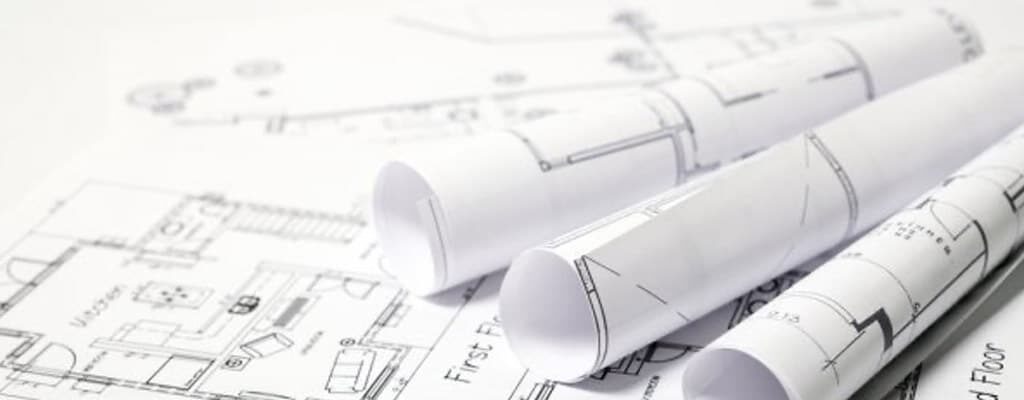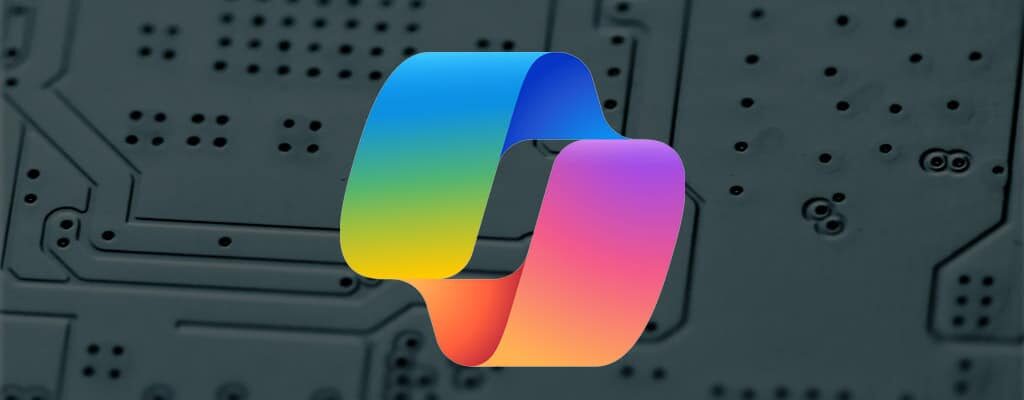Photographic VS CAD Technical Printers – What Are the Differences?
Contents
Wide-format printers come in two broad categories: photographic printers and CAD printers. Photographic printers are designed to produce large, stunning photographic images, and CAD printers quickly and accurately produce wide-format technical documents. In addition, there are other important differences when comparing photographic vs CAD printers that one should consider.
These wide-format technical printers are a common sight in construction firms, architecture & engineering offices, and design studios. The key differences in the manufacturing of these printers make them uniquely suited for different goals.
You may hear these devices called “plotters” instead of printers. In general, plotters have an output width of more than 24 inches and feature a roll feed, whereas printers are a smaller format cut-sheet systems.
How Do Photographic Printers Work?
Graphic printers and plotters are designed to produce brilliant, high-resolution images suitable for creative industries. Whereas regular desktop printers typically use four color cartridges (cyan, magenta, yellow, and black), photographic printers use at least six cartridges, and can go up to nine or twelve.
These extra color cartridges allow graphic printer users to perfectly match Pantone® color numbers. Without this type of functionality, there is no way to accurately produce high-resolution color images in a reproducible manner, which is key to any photographic print shop’s success.
The HP DesignJet Z-Series photographic printers typically print at 2400 DPI and use a unique inkjet shape to prevent a phenomenon called tailing. Inkjet tails are small, picometer-sized smears that occur when inkjet heads, moving at more than 50 miles per hour, distort the dots they produce, creating what looks like a tail at the microscopic level.
This results in highly accurate color images that are generally slow to produce. But photographic plotters are not built for speed.
How do Technical Plotters Work?
Technical and CAD plotters rarely need more than simple CMYK color function. This is because the vast majority of technical illustrations are in black and white. When there is color involved, it’s only to highlight various sections, changes or to show depth.
These devices need to be able to work efficiently while placing priority on speed and precision over color depth and brilliance. The HP DesignJet T-Series will produce a 24×36 D-sized line drawing in about 30 seconds, far outperforming a photographic printer in terms of speed.
Architects, constructors, designers, engineers and manufacturers all rely on technical plotters to turn their CAD drawings into hardcopy documents. These businesses have different needs than photographic users:
- Reduced Cost. CAD drawings are supplementary to technical work. Unlike wide-format photographs, they don’t generate value by themselves. This gives print process owners an incentive to reduce costs while enjoying optimal efficiency and versatility.
- Increased Speed. Busy professionals may need to print out dozens of copies of a single blueprint and have dozens of blueprints to deliver to various clients in a single day. Reducing the amount of time it takes to create these images is a clear value.
- Media Optimization. Photographic printers print on a variety of photographic stock. CAD printers and technical plotters generally print on #20 bond media – an accepted industry-wide standard. This means that print hardware does not necessarily need to offer compatibility with a wide range of different card stocks, which saves on overall price.
- GIS Mapping Capability. One of the areas for technical printing is GIS mapping, which produces highly detailed maps with informative full-color overlays at low prices. These are commonly needed at every level of government, from local municipal offices to federal agencies, and they cover issues ranging from environmental coverage, population statistics, and water distribution.
What Is the Best Wide Format Plotter for CAD Technical Work?
The HP PageWide XL has quickly become an industry-standard for production wide-format plotting. It offers all of the benefits of a high-volume production printer while costing less per page than all competing printers and plotters on the market.
It allows firms that rely on technical printing to become self-sufficient. Instead of outsourcing imaging needs to print shops, these firms can handle all of their image reproduction internally. This lets them save money on outsourcing, increase production, and finish projects faster.
However, the true benefit of the HP PageWide XL is its ability to print in color with the same cost factor as monochrome. This allows print process owners to create quick, accurate CAD renderings that use color shading to draw attention to specific elements of the render.
You can use the PageWide XL to print short term banners, waterproof prints, and adhesive items as well. It is a versatile machine that reduces print costs while hugely improving print capabilities as a technical plotter. This wide-format CAD printer offers best-in-class speeds of up to 75 pages per minute and features state-of-the-art built-in print security.
Are you ready to deploy an HP PageWide XL in your office? Contact Kelley Create and start saving money on your color prints today!



